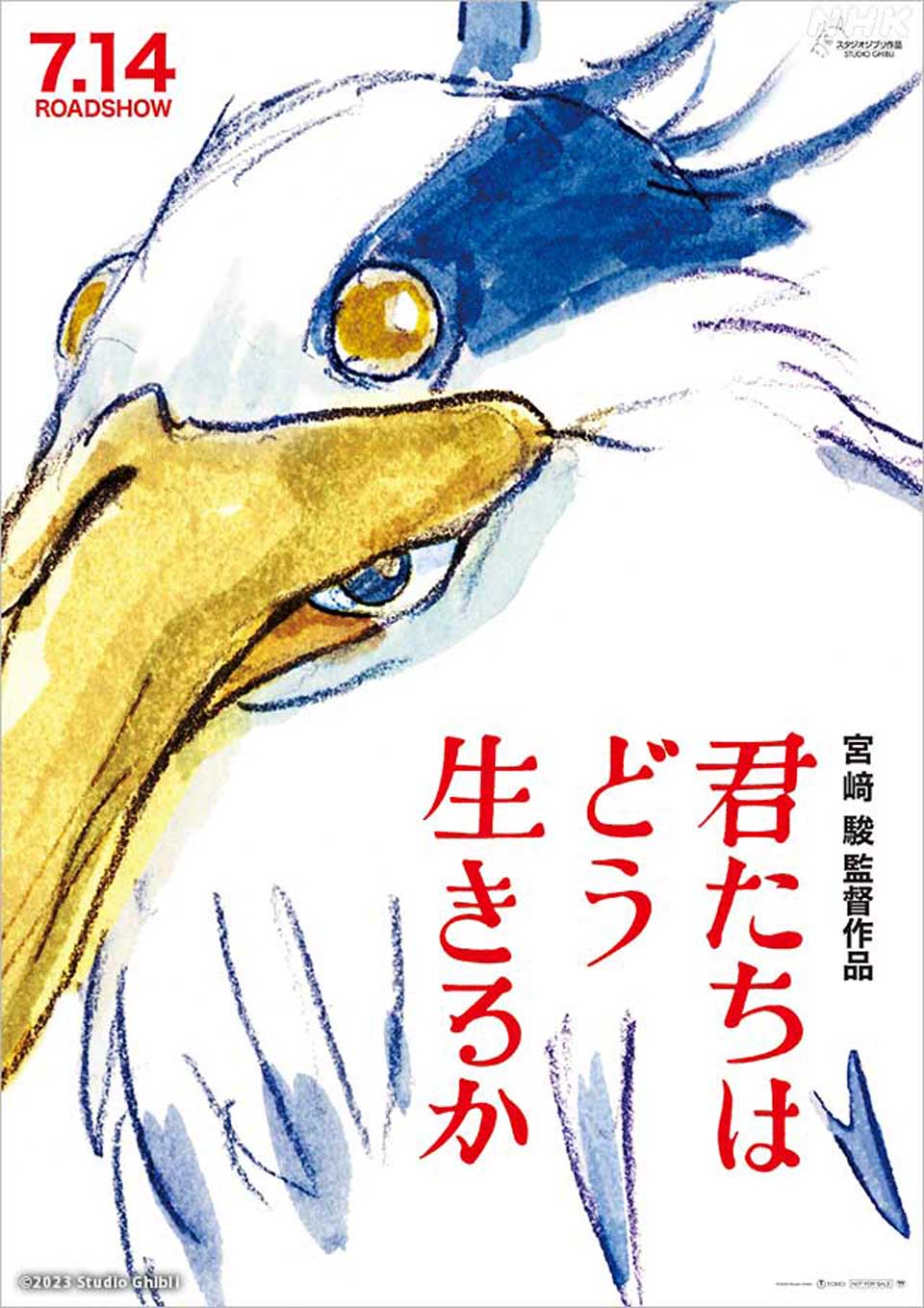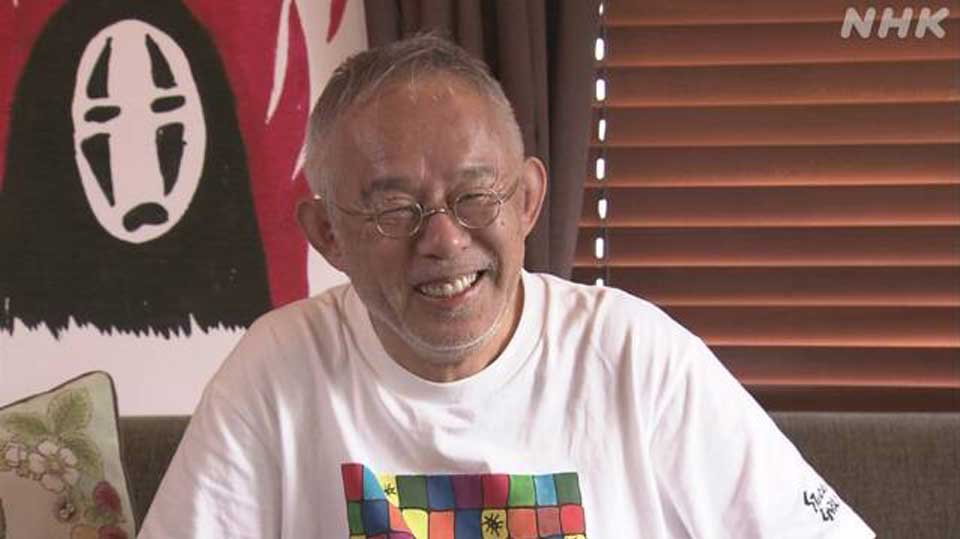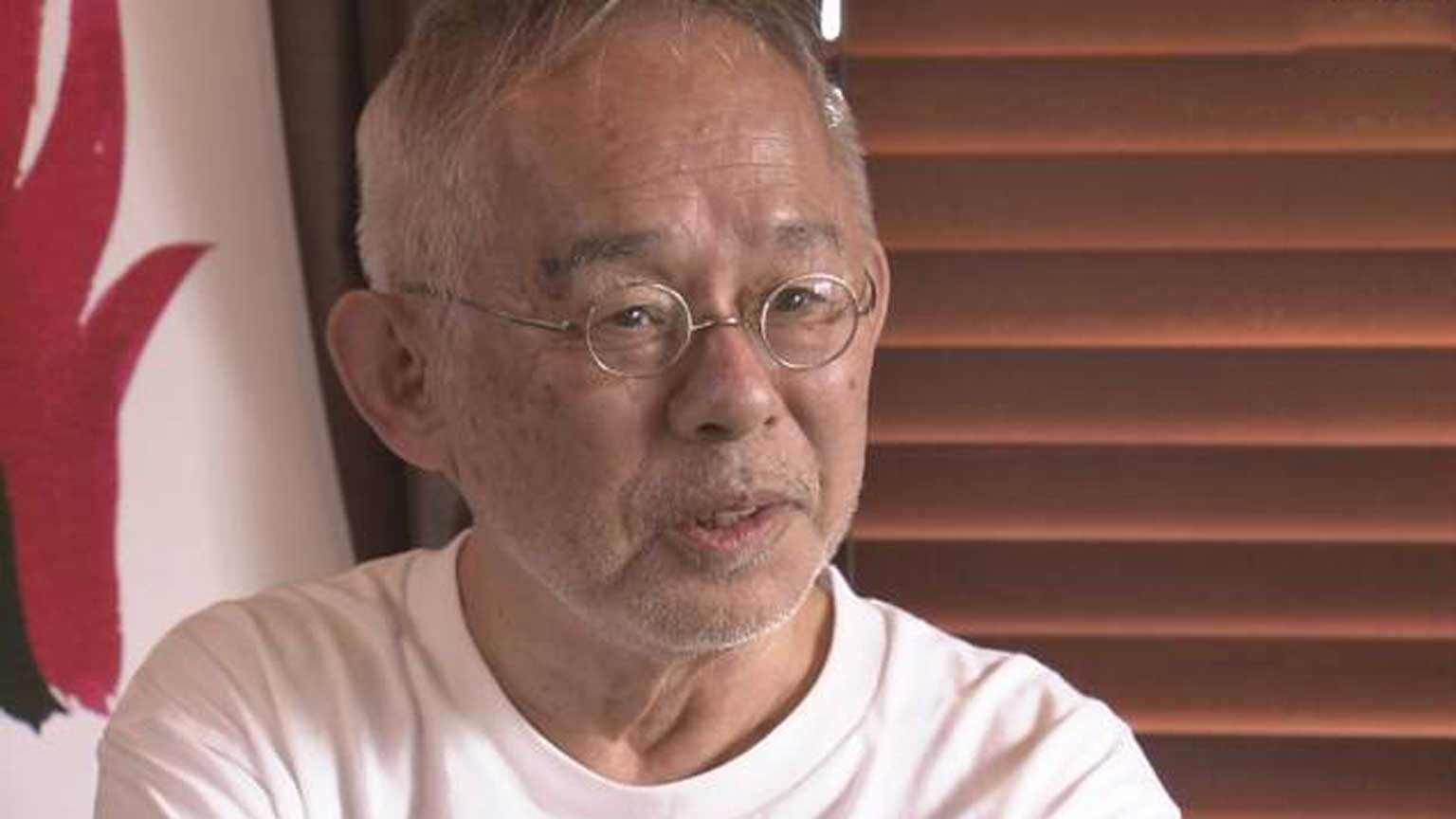Ghibli fans around the world have been waiting eagerly for Miyazaki's latest ― and likely final ― film. But with just a few days to go until its release, the studio has provided little information about what to expect. Nearly everything about the movie remains a mystery.
A bare-bones marketing campaign
There have been no trailers or billboard ads: just a title and a single poster. It's an unusual strategy for a major movie release, which would normally be accompanied by a promotional campaign across multiple platforms.
"From the beginning, I decided not to reveal what the movie was about prior to the release," Suzuki tells NHK. "I had promoted movies in a big way in the past, and I didn't want to repeat that. Of course, we should advertise a movie properly when we make one, but we shouldn't go overboard. I don't want people to watch the movie simply to confirm what they already know."

The poster features an illustration by Miyazaki that depicts what appears to be a bird with a human-like face, alongside the title. Suzuki says when the director saw the finished design, he said it captured the essence of the film.
"Miyazaki actually drew a whole body," Suzuki reveals. "I made about 10 versions of the poster using his illustration, considering which one would make people most excited. A poster and a title ― that's all we got when we were children. I enjoyed trying to imagine what a movie was about, and I wanted to bring that feeling back."
Also missing from the poster: a tagline. Suzuki says he wants people to come up with their own one this time.
The film's title comes from a book of the same name by author Yoshino Genzaburo, published in 1937, although the film itself isn't based on the novel.
"Miyazaki wanted viewers to experience the same impact the book had on him when he read it as a child," Suzuki explains.

How Miyazaki cancelled his own retirement ― again
Ten years ago, Miyazaki announced his intention to retire from making feature films. At a news conference, the Oscar-winning director, then 72, cited his age as the reason for the decision. It wasn’t the first time he had retired. But just as on earlier occasions, Miyazaki would eventually find the lure of making another movie too great to resist.
Three years later, he came to Suzuki with a proposal for a new film.
"The first time I read it, I found it interesting," the producer says. "When I went back to it again a little later, it was still interesting. But I initially thought I should tell him I didn't like it ― because whenever a great director comes back for one last film, it never ends well."
However, the strength of the story and Miyazaki's enthusiasm forced a change of heart. Suzuki ended up telling the director: "Let's do it."
A new production process
Miyazaki's standards are famously high. For many of his movies, he has served not only as director, but also animation director. Doing both allows him to see the bigger picture while checking every single frame to maintain uniformity and quality.
But this time, Miyazaki entrusted a younger animation director with the task of realizing his vision. And instead, the veteran focused on creating a storyboard to serve as a blueprint for the film.
"Miyazaki forced them to do something he couldn't draw by himself," Suzuki says. "And the director didn't give up, which made the process very interesting. I believe that this kind of friendly competition gives rise to something new."

